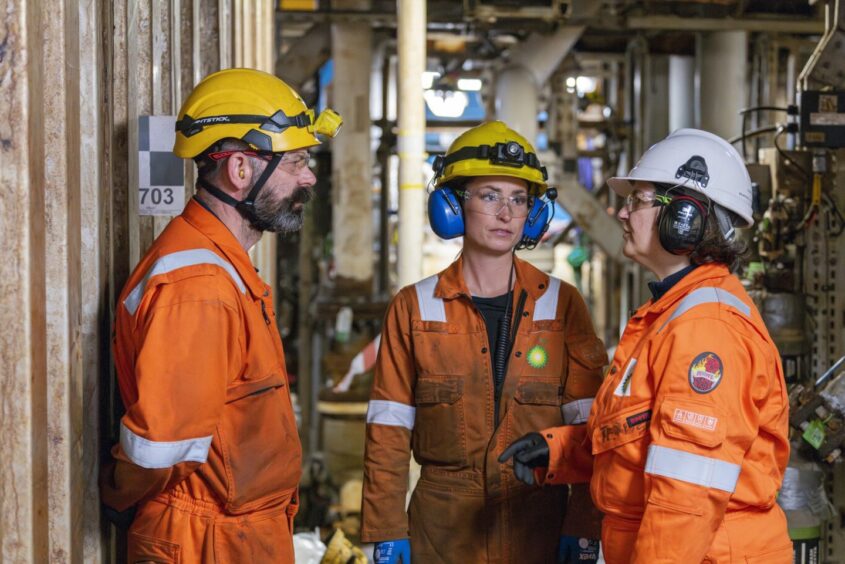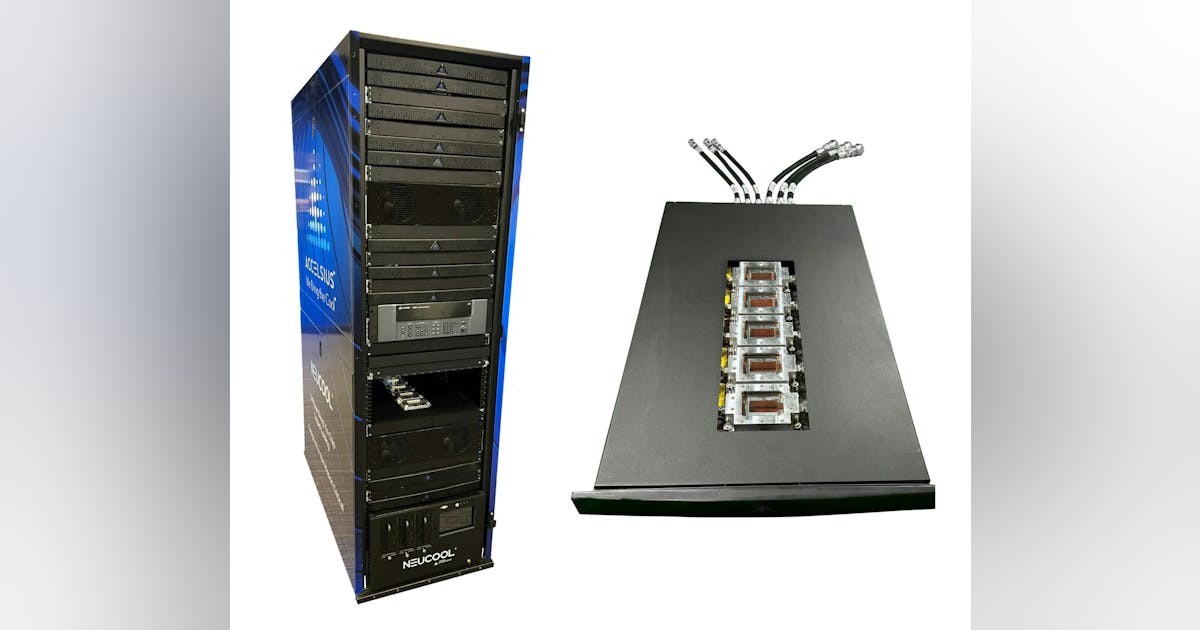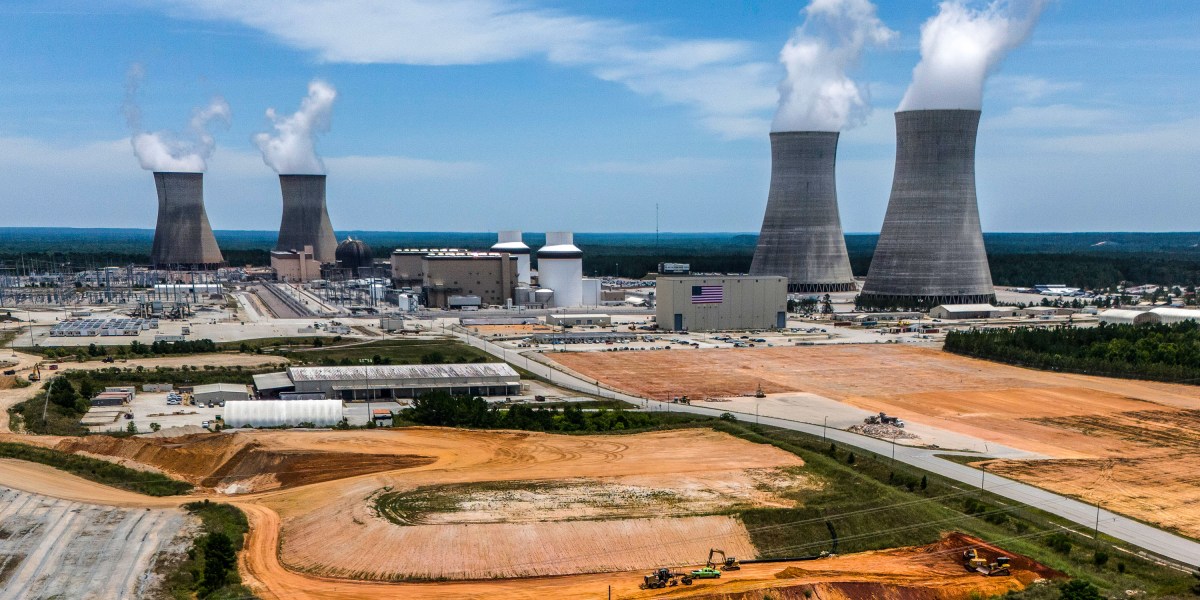
President Ferdinand Marcos Jr. has signed legislation to establish a downstream gas industry in the Philippines by increasing the share of gas in the domestic energy mix and positioning the country as a transshipment hub for liquefied natural gas in the Asia-Pacific.
While climate and environmental campaigners opposing such a measure have called for expanding renewable energy instead, the new law insists it only promotes gas as a transition fuel and does not contradict existing policy for the shift to a lower-carbon future.
The Philippine Natural Gas Industry Development Act seeks to “develop natural gas as a reliable fuel for power plants capable of addressing the peaking, mid-merit, and baseload demand of the country to help achieve energy security, while progressively transitioning to renewable energy sources”, according to the text published Wednesday on the government’s Official Gazette and the Senate. Marcos signed it January 8.
The government shall also facilitate the development of “non-power end-uses of natural gas which include commercial, industrial, residential, and transport applications that promote fuel diversity”, states the law, codified as Republic Act 12120.
“In all cases, the State shall ensure the safe, secure, reliable, transparent, competitive, and environmentally responsible operation of the PDNGI [Philippine downstream natural gas industry] value chain, and ensure alignment with the State’s policy on transitioning to a low-carbon future, consistent with the sustainable development goals on increasing the share of renewable energy in the country’s energy mix”, the law says.
The law prioritizes locally-produced gas over imports so long as this restriction “is consistent with the State’s policy of ensuring energy security and consumer welfare”.
However, the coal-reliant Southeast Asian country has only one active gas field out of two commercial discoveries, according to the Philippine Department of Energy (DOE). And Malampaya, offshore Palawan island, is depleting. Co-developer Shell PLC exited the field 2022.
On the other hand, the DOE has permitted several LNG import terminal projects. At least two have been completed, in 2023, based on news information from the DOE.
Opponents of the projects have warned importing LNG would make electricity more expensive for Filipinos.
Bill sponsor Senator Pia Cayetano, chair of the Senate Energy Committee, said in a statement on social media about the new law, “By developing our own natural gas industry, we can ensure energy security for future generations and become less vulnerable to fluctuating energy prices caused by events happening halfway across the world – such as the Ukraine war that led to a significant increase in global energy costs”.
The law supports converting existing fossil fuel-run facilities to gas use provided the conversion is “technically and financially viable”.
The law recognizes that building gas facilities entails substantial investments and says these facilities may qualify for tax incentives. Domestically sourced gas and power produced using domestic gas qualify for value-added tax exemption.
According to the latest “Key Energy Statistics” report from the DOE, coal remained the biggest contributor to Philippine power generation in 2022 at 66,430 gigawatt hours (GWh), followed by renewables at 24,681 GWh. Gas accounted for 17,884 GWh, while 2,519 GWh came from oil.
To contact the author, email [email protected]
What do you think? We’d love to hear from you, join the conversation on the
Rigzone Energy Network.
The Rigzone Energy Network is a new social experience created for you and all energy professionals to Speak Up about our industry, share knowledge, connect with peers and industry insiders and engage in a professional community that will empower your career in energy.
MORE FROM THIS AUTHOR





















